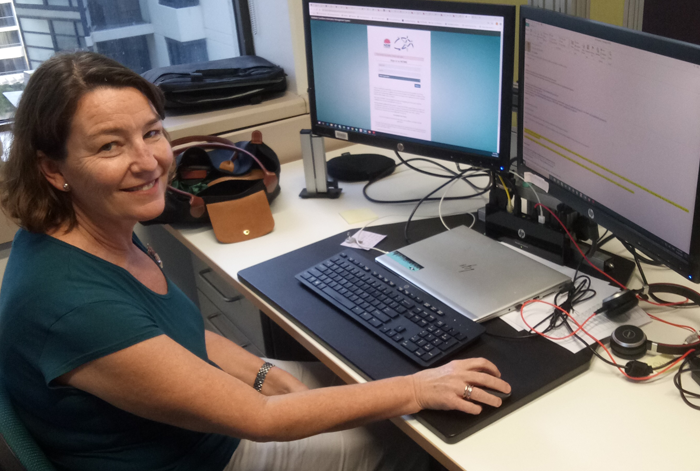
After seven years with the World Health Organization (WHO) working in countries like Bangladesh and Yemen, Jennie Musto rejoined the Ministry of Health in February this year. Two weeks into her return, she joined NSW Health’s pandemic response to COVID-19. Jennie took some time to speak to us about her role. Find out what she had to say.
What were you doing with the WHO?
I was in infectious diseases – epidemiology, surveillance and outbreak response. I worked in a range of places, including as incident manager in Yemen, initially for an outbreak of cholera and diphtheria, and then to support health services cope with the escalation of war and unrest there.
What do you do at the Ministry?
I came back to the Ministry as the Director of Enterics, Zoonoses and Multi-Resistant Organisms for Health Protection NSW. Two weeks into the job, it became clear that we were facing a pandemic, and my efforts were diverted to helping the state’s response.
What are you doing now as part of the COVID-19 response?
I am the operations manager for the PHEOC (Public Health Emergency Operations Centre). I manage a team that has grown from what was initially just 10 people to around 60 now. The team mainly have a public health or clinical background. They work in two shifts, from 8am to 10pm. One of our roles is to take questions from public health professionals, other services involved in the response, clinicians and members of the public.
We also assist our public health units with more complex outbreaks – like those that cross border lines, or are in high risk settings. We also monitor the data and are involved in the investigation of clusters.
It’s a very reactive role – things can and need to move quickly.
You have a good idea of what’s happening on the ground. What do you tell family and friends?
I think that as a system, we’ve been really transparent about things. There’s no insider gossip I can tell people – it’s all over the news anyway. So I tell friends and family not to panic, to follow the health advice, and to adhere to the restrictions that are in place.
What has surprised you about how the pandemic has unfolded here in Australia?
We were always preparing for the potential of a zoonotic disease (an infectious disease that jumps from animals to humans) to become a pandemic. We had this previously with H1N1 in 2009-10.
The main difference with COVID-19 is how fast it has spread across the globe, in spite of the measures China put in place relatively quickly. When you see the severity of the situation across the globe – of mass graves in places like Italy and New York – it was all theoretical until now.
Our experience with H1N1, and other diseases before that, meant that we have done extensive pandemic planning and modelling. It has helped us better control the spread – to flatten the curve.
It helps too that there’s a lot of expertise and institutional knowledge here in the Ministry – many of my colleagues that I was here with for H1N1 are still here with me.
What’s your biggest learning right now?
The 24-hour news cycle is exhausting. Demand for information is absolutely endless. We never had to deal with it on this scale before. It’s a whole different way to communicate.
Meeting this increased demand for information is important – because we know people will follow public health advice when the reasons for it are well communicated with them.
What’s your message to your colleagues across the system?
Keep informed on developments, and on how to protect yourself, your friends and family. Provide accurate information when asked. Keep safe – and support each other. Don’t come to work if you’re sick.
You’re working pretty much seven days a week at the moment – if you have a spare moment, how do you unwind?
I skype or call friends to chat about anything but COVID-19. I get out and go for a walk in my local area, and like everyone else, watch Netflix.
